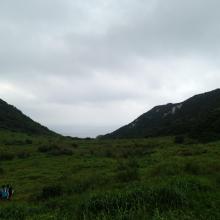
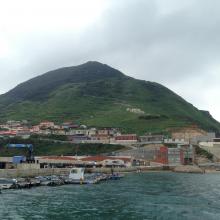
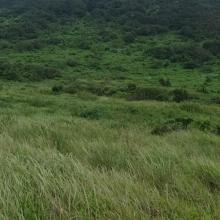
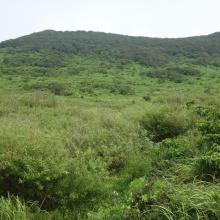
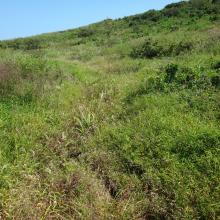
Jangdo Wetland
- Country:Republic of Korea
- Site number:1458
- Area:9 ha
- Designation date:30-03-2005
- Coordinates:34°40'N 125°22'E
Materials presented on this website, particularly maps and territorial information, are as-is and as-available based on available data and do not imply the expression of any opinion whatsoever on the part of the Secretariat of the Ramsar Convention concerning the legal status of any country, territory, city or area, or of its authorities, or concerning the delimitation of its frontiers or boundaries.
Overview
The Jangdo Wetland is a rare mountainous freshwater marsh situated on Daejangdo island; it is a relatively large wetland given the size of the island. The Site was also designated as a National Wetland Conservation Area in 2004. It is unique and of conservation value as the plant species found there are mostly tropical, even though the island is not located in the tropical climate zone. The Site and the adjacent islands are important stopover sites, mostly during spring and autumn, for 60 migratory bird species on the East Asian-Australasian Flyway. The wetland serves as a major source of drinking water to the population of about 120 people in the island, as well as to its plants and animals. The wetland harbours the largest number of species found in any site on the islands of the Republic of Korea: its 644 species include phytoplankton/zooplankton, benthic invertebrates, insects, amphibians/reptiles, birds, mammals and plants. On the list are the globally vulnerable Chinese egret Egretta eulophotes and Styan's grasshopper warbler Locustella pleskei, as well as nationally endangered species such as the peregrine falcon Falco peregrinus and the Eurasian otter Lutra lutra.
Administrative region:
Chollanam-do Province
- National legal designation:
- National Park - Tadohae-Haesang National Park
- National Wetland Conservation Area - National Wetland Conservation Area
- Last publication date:27-07-2017
Downloads
Ramsar Information Sheet (RIS)
Archived RIS
Site map
Additional reports and documents
- Site management plan
